Samsung Galaxy Note5 vs Apple iPhone 6 Plus
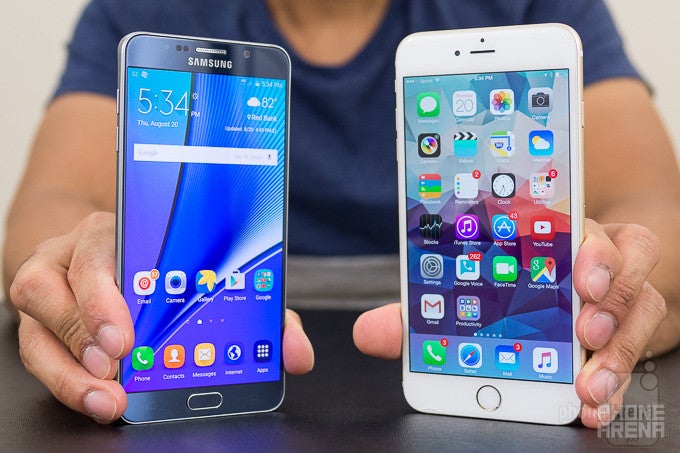
Introduction
With the Galaxy Note5, Samsung vows to continue its ongoing crusade in the land of premium design, where it reserved itself a place with the snazzy Galaxy S6 and S6 edge earlier this year. Yet needless to say, there's more to the brand new Galaxy Note handset. Similar to the previous installments in the Note lineup, the new S Pen-boasting device is quite the well-endowed gadget.
Truth is that the Note5 has one real enemy on the market, and it's no other than the Apple iPhone 6 Plus. The latter is Apple's first foray into phablet territory, and, judging from the company's financial performance ever since the handset's debut, there has been a solid craving for a supersized iPhone. This means that the Galaxy Note5 is about to face much more severe competition than any of its predecessors.
Design
The iPhone meets a formidable rival in the face of the Note5
Fully boasting Samsung's new design language, which was introduced along with the Galaxy S6 and S6 edge, the Galaxy Note5 is another exquisite rendition of the same seemingly-winning formula. With a metal frame and glass at both the rear and the front of the Note5, it's hard to deny that it stands out with its head-turning design. However, this premium package has taken its unfortunate toll on three of the features that were once staples of Samsung's devices — the microSD card slot, the removable rear cover, and the removable battery, all of which are missing. Alas, the glass back is nothing short of a fingerprint magnet.
In the opposite corner, we have the Apple iPhone 6 Plus – a device that also employs a list of outstanding design traits. Well, the matte aluminum body is not shiny and as eye-catchy as the metal-and-glass Note5 sandwich, but there's virtually nothing to hate about the design of Cupertino's largest phone to date. On the contrary – it can be safely viewed as exemplar in terms of exterior looks. As an added bonus, the iPhone 6 Plus is not prone to attracting greasy fingerprint smudges (except for that Apple logo at the back – it's hard to keep it smudge-free!). Just bear in mind that the iPhone's surface is somewhat slippery, as is the case with the Samsung phablet.
Size-wise, the Galaxy Note5 is certainly the one boasting the superior screen-to-body size ratio – an often overlooked yet rather important metric. Samsung has succeeded in fitting a larger display than the one on the iPhone. Yet, that's not all – the Note5 is also a bit more compact than Apple's representative.
Both phones share many similarities in their layouts. First of all, we have power buttons positioned on the right side and volume buttons on the left side (bear in mind that the Note5 now comes with two separate hardware buttons for volume adjustment, similarly to the iPhone). The two rivals have their hardware home buttons placed at their front sides, below their screens. Moving on, both have their loudspeaker, data/charging ports, and 3.5mm audio jacks at the bottom; the rear cameras of each phone protrudes from its body, though the iSight one on the iPhone does so in a less intrusive way. By the way, there's a cool hardware feature on the iPhone that the Note5 is devoid of – a mute switch; meanwhile, the Samsung phablet has a S Pen stylus that allows you to scribble down digital notes, but we'll talk about it later in the comparison.
Display
The Note5 has a more accurate display, but the iPhone beats in terms of gamma reproduction
Continuing Samsung's years-long tradition, the Galaxy Note5 is equipped with a Super AMOLED display – a 5.67-inch unit with a resolution of 1440 x 2560 pixels and a top-notch pixel density of 518ppi. The display panel is rather similar to the one that can be found on last year's Note 4, though a bit tweaked in terms of overall image accuracy. On the iPhone 6 Plus, we have a 1080p 5.5-inch display, which totes a pixel density of 401ppi. Although there's a huge rift between the sharpness of the two displays on paper, in reality, both appear pretty much on par to the unarmed eye in this regard.
How do these two displays fare against one another? The performance of both is top-notch, but the Note5 has the upper hand here. Although it has a lower maximum brightness than the iPhone 6 Plus (574 nits vs 470 nits), the Super AMOLED is superior in most other aspects. Kicking off with color representation, the Note5 matches with more of the ideal targets on the color gamut chart. The iPhone is also calibrated rather well, but its display reproduces whites with an ever so slight blueish tint, while magentas and yellows, for example, appear a bit darker than the ideal target.
Clocking in at 6722K, the Galaxy Note5 is closer to the ideal white point color temperature of 6500 Kelvins, while the iPhone 6 Plus is a bit colder at 7318K. In terms of gamma reproduction, however, the iPhone 6 Plus is a bit ahead – despite that dark areas of the image appearing slightly brighter than they should at the lower levels of the grayscale chart, the rest of the iPhone's gamma readings remain mostly aligned to the ideal curve of 2.2 for the rest of the ride; the Note5, while exhibiting mostly correct gamma levels up until a certain point, generally tends to display lighter areas of the image brighter than they should appear.
In terms of Delta E grayscale error, which shows whether the different shades of gray don't swerve from the ideal readings, the Note5 reigns supreme with a measurement of 1.94, whereas the iPhone 6 Plus is more inaccurate at 3.82 (the ideal reading is 0) and tends to add a slight blueish tint to the lighter hues of gray. Same can be said about the Delta E rgbcmy scenario, where the Note5 exhibits a lower margin of error (1.32) in comparison with the iPhone 6 Plus (3.05), with the ideal once again being 0. This means that the display of the Note5 is generally more color accurate as a whole.
Viewing angles on both devices are very good, with the iPhone losing way less of its grayscale and color accuracy when viewed under a 45-degree angle, whereas the Note5 doesn't tend to lose its gamma and brightness reproduction qualities in the very same scenario.
Interface and functionality
Samsung's reimagined TouchWiz clashes with the most feature-rich iOS ever
This is an aspect in which the spanking new Note5 and the iPhone 6 Plus differ the most. Android 5.1.1 with the newest version of TouchWiz is running the show on the Note5, while the iPhone 6 Plus is boasting iOS 8.4. We won't even scratch the differences between the two, as they're pretty well-known – the simplicity and the straightforwardness of the iPhone's UI meets the flexibility and ton of added functionality of Note5's Android-based interface.
Speaking of TouchWiz, Samsung did a pretty good job at slimming its Android skin down, which we first experienced with the Galaxy S6 and S6 edge. The Note5 also comes with the streamlined and more straightforward than ever TouchWiz UI, but the added features that make the Note lineup captivating are on board, of course. Being a Note phablet, the Note5 comes with an auto-ejecting S Pen stylus on the bottom, which allows you to interact with your Note5 in a way that the iPhone 6 Plus doesn't. Basically, it allows you to write, jot down notes, and sketch drawings on the device's display and save them as pictures or PDF files. The Air Command menu, which is the feature hub that unlocks the true potential of the S Pen, has been revamped as well. You can also download various UI themes the Note5, which overhaul the icons, menus, and other aspects of the interface.
Meanwhile, the iPhone 6 Plus doesn't have anything remotely similar to a stylus. In fact, its UI is much featureless and not as customizable as the one found on the Note5. What the iPhone 6 Plus does, and it does it perfectly, is to present the user with a no-hassle, easy to use and master interface.
Both phones have fingerprint scanners embedded in their physical home buttons, and fortunately, the two of them are of the touch-based type (we find them more convenient than the swipe-based ones). Compared against one another, the Note5 and iPhone 6 Plus register fingerprints almost instantaneously. It's also worth mentioning that the fingerprint readers of both devices allow you to authorize payments made with their respective makers' systems – Apple Pay or Samsung Pay.
Processor and memory
The Note5 is better in heavier tasks, yet the iPhone is superior in hardware-demanding games
Just like its predecessors, the Galaxy Note5 is a true specs powerhouse. If you are on the market for a phone that packs some punch under the hood — with an octa-core, 64-bit Exynos 7 Octa 7420 chipset manufactured with 14nm technology, 4GB of LPDDR4 RAM, and ultra-fast native storage, the Note5 will most probably perform as good as the Galaxy S6 and S6 edge, which are also powered by the very same chipset. There's also a Mali-T760 MP8 GPU unit on board for graphics-crunching purposes.
The specs sheet of the iPhone 6 Plus might not be as impressive as the one on the Galaxy Note5, but the phone is definitely not a slouch either. There is a 64-bit Apple A8 SoC on board, comprising a dual-core Cyclone CPU humming at 1.4GHz and built on a 20nm manufacturing process. The GPU on board is a quad-core PowerVR GX6450 chip. Despite not that impressive on paper, this hardware setup is perfectly sufficient for the software needs of the device - thanks to the optimization of iOS, Apple's largest and finest feels snappier and more powerful than a majority of Android rivals.
Performance-wise, the Note5 has the upper hand in multi-core benchmarks (as tested with Geekbench 3 multi-core), while the iPhone 6 Plus is slightly better in single-core benchmarks (as tested with Geekbench 3 single-core). However, Apple's supersized iOS machine is slightly ahead in the graphics performance – it ekes out a few extra frames per second than the Note5 in both GFXBench T-Rex HD and Manhattan on-screen tests. In real-life scenarios, neither exhibits any amount of lag or hiccups while navigating throughout the interface.
Moving on to the memory department, we have the gracious amount of 4GB of RAM aboard the Note5, while the iPhone 6 Plus is toting 4 times less. Despite that big difference, both devices perform almost flawlessly with the amount of operational memory they have at hand.
In terms of storage, there are 16, 64, and 128 GB versions of the iPhone 6 Plus, whereas the Note5 is available with 32 or 64GB of storage. It's important to say that the on-board storage on the Note5 is of the fast UFS 2.0 type that came along with the Galaxy S6 and S6 edge. Also, the new Samsung phablet is devoid of a microSD card slot (once a staple feature of Samsung's high-end products). But the iPhone 6 Plus doesn't have one either.
Internet and connectivity
Browsing the web while on the go is a pleasant and worry-free experience with either phone
With such large and sharp displays, it's no wonder that browsing the web on either the Note5 or the 6 Plus is a pleasant affair. Navigation on both is top-notch; text appears clear and easily readable on both phones, too. Still, we have to give it to the Note5, as it has a few tricks up its sleeve. For example, we find the S Pen on the Note5 the perfect companion for browsing the web, as it functions as a cursor and allows you to easily select and interact with text, images, or other types of web content.
On the connectivity side, both are well-endowed. The Note5 supports LTE download speeds of up to 620Mbps and comes with a MIMO (2x2) antenna, Bluetooth 4.2, NFC, and support for positioning via GPS, GLONASS, and BeiDou. Meanwhile, the iPhone has an LTE Cat 4 modem inside, VoLTE supported from the getgo, Bluetooth 4.0, GPS, and GLONASS. NFC is also present, but is not open to developers. It is used for the Apple Pay payment service.
Camera
Note5's camera is potent, but the iPhone 6 Plus is rather hard to beat
We have an OIS-enabled 16MP main camera on the Note5, boasting an aperture of F1.9 and a 1/2.6” Sony IMX 240 sensor with 1.12μm pixels. Basically, it's pretty similar to the snapper that can be found at the back of the Galaxy S6, which is a rather notable cameraphone that aced a couple of our blind camera comparisons. Feature-wise, it boasts a large amount of different modes and extras, with the noteworthy new ones being the Live Broadcast feature and the ability to manually adjust the camera settings in the “Pro” mode – shutter speed, focus, white balance, you name it.
Moving on to the iPhone 6 Plus, it's certainly not bringing a knife to a gun fight either. There's an 8MP iSight camera at the back, with a five-element F2.2 lens and a 1/3” sensor with1.5μm pixels. There's also OIS on board. While the iPhone's UI isn't quite as rich in terms of features, the camera is extremely easy to use and has the ability to deliver consistent results in different lighting conditions and scenarios.
We find the Note5 superior than the iPhone 6 Plus in terms of detail reproduction. The difference is not that stark if you view two samples from each phone side by side, but zoom in a bit and it quickly becomes clear that the Note5 mostly takes part in a one-horse race. This is true for the vast majority of scenes we shot and especially in low-light and night-time shots, where the iPhone can't keep up to the pace set by the new Note.
The Note5 and the iPhone 6 Plus perform differently in terms of scene exposure. The Note5 tends to prioritize the center area of the frame when setting the exposure, which is why the sky in many of its photos below is overexposed. In contrast, the iPhone 6 Plus aims for a more balanced exposure, which could lead to some scenes looking a bit darker compared to what the Note5 has captured. Overall, results vary from one scene to another – the Note5 excels in some, while in others, the iPhone does a better job when exposing the shot.
The situation is a bit different in HDR mode, where the Note5 performs better in general than the iPhone 6 Plus and snaps better-exposed and more vivid HDR photos. The iPhone is not far behind, but it tends to underexpose its HDR snaps a bit.
Regarding color representation, the Note5 and the iPhone 6 Plus are pretty much tied.. That said, neither phone distorts the color accuracy in such a way that it's unbearable. The differences in the exhibited color temperature are mostly visible when you directly compare samples of one and the same scene shot with both phones. Regardless of the small differences, it won't be far-fetched to say that both the iPhone 6 Plus and the Note5 perform very, very well in terms of color representation.
Indoors, with the flash on, neither of the two phones disappoints with their images. However, we noticed that the iPhone often tends to burn the highlights when its dual-tone flash fires, whereas the color temperature of the Note5 sample images gets a smidgen colder than usual. In certain scenarios, there's even a slight, but noticeable greenish tint visible.
With its 5MP front-facing camera, the selfies made with the Note5 are more detailed than the ones made with the FaceTime HD front camera of the iPhone. However, indoor ones made by the Samsung device are a bit colder for our taste, as the iPhone snaps self-portraits that are warmer and more pleasant to look at.
Video quality
While the Note5 can shoot Ultra HD and 1080p videos, the iPhone 6 Plus is only able to capture 1080p ones, but at least it does the job almost impeccably. Not that the Note5 is underperforming, no – actually, both top-end phones expose the videos correctly, with plenty of details, and color vibrancy. Auto-focusing takes a jiffy on both phones. Yet, the iPhone tends to muffle voices in the recorded clips, while the Note5 performs way better in this case.
Multimedia
Expect top-notch multimedia experience with any of the two
Up for a movie or a YouTube video clip? Well, either the Note5 or the iPhone 6 Plus will provide you with a noteworthy experience with their large, color-accurate displays. Both come with more-than-decent stock video players that are unlikely to disappoint you, but you can always download a third-party one if you're willing to. Same applies to music-listening.
Putting their speaker against one another quickly reveals that they're mostly similar to one another. In terms of loudness, things are pretty much on par (71.6dB for the iPhone and 70.7 for the Note5), yet the Apple device delivers higher voltage output through its headphone jack - 1.014V vs 0.609V for the Note5.
Call quality
Although both perform well, we're leaning towards the iPhone in this one
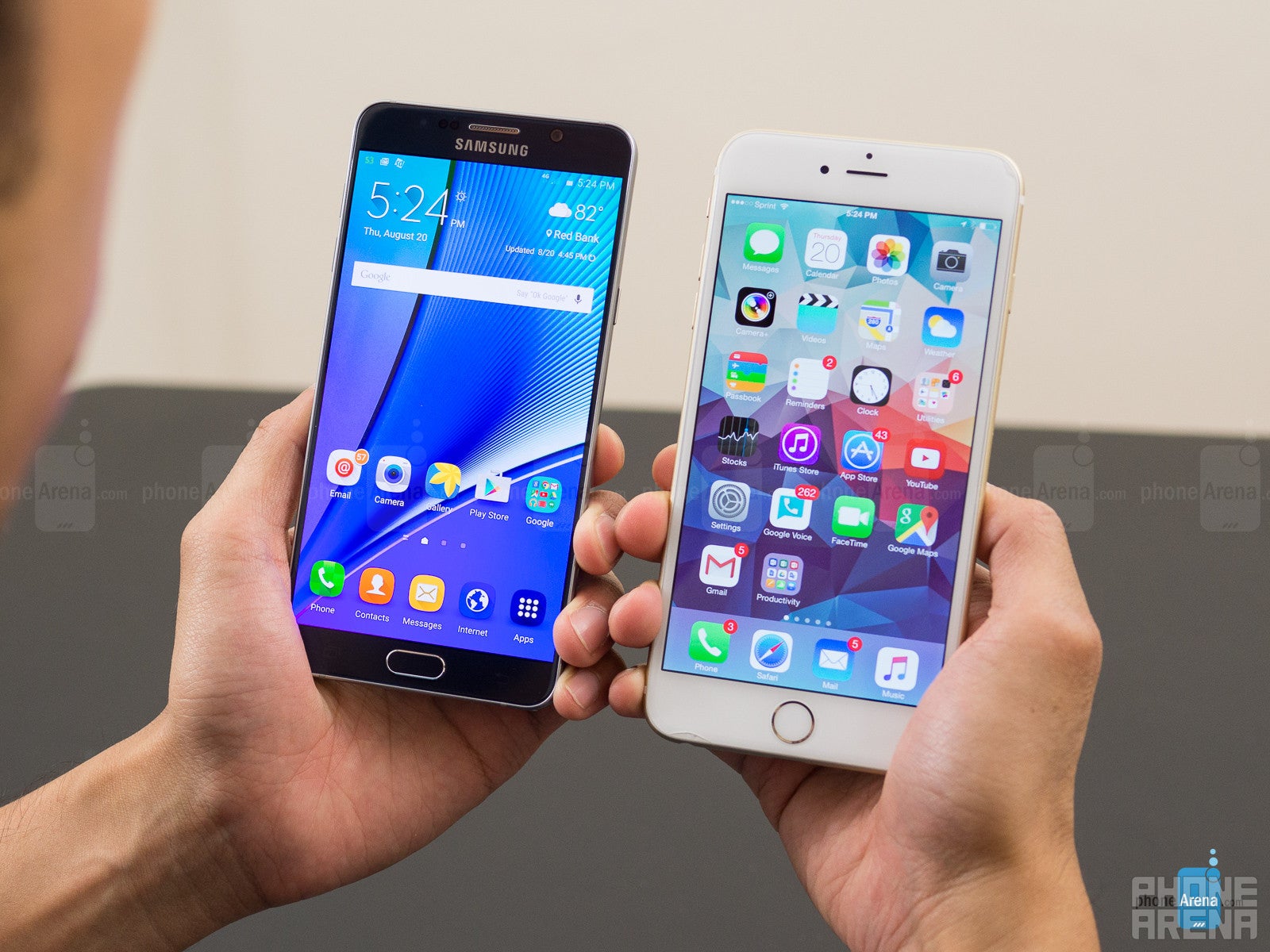
Still, we feel like the microphone of the Note5 is underperforming when directly compared to the 6 Plus. The Samsung phablet was prone to subduing our voice and the other end of the line had a slight trouble hearing us in certain situations.
Battery
Apple's largest handset is simply overshadowed by the new Note

When it comes to charging, the Note5 definitely has the upper hand. First of all, it charges for 81 minutes, while it takes the iPhone 171 minutes to get a complete charge. Secondly, the Galaxy phablet is equipped with fast wireless charging, which are both features the iPhone is devoid of.
Conclusion
Years ago, it was rather pointless to directly compare the current iPhone generation with a Galaxy Note powerhouse. The two simply did not belong to the same device category. In 2015, however, we have the iPhone 6 Plus and the Galaxy Note5, which are clear and formidable opponents. But picking a favorite among the two could be tricky. The phablets are comparable in terms of display size and overall dimensions. Also, the latest Galaxy Note offering is about as attractive and well-designed as the iPhone 6 Plus.
If you're an Android fan that happens to value good looks and a ton of added functionality, the Note5 will most likely grab your attention. Provided that you can easily overlook the omission of some features that were present on the previous Note phablets, you will hardly find a better-performing Android phone that money can buy you right now.
On the other hand, the iPhone 6 Plus will be eyed with pleasure by those who are either into Apple and its ecosystem or are willing to jump aboard. Despite that it's not a specs powerhouse like the Note5, the iPhone 6 Plus ticks all the right boxes and is by no means a subpar handset.
At the end of the day, you can't go wrong with either of these.
Samsung Galaxy Note5
Pros
- Better battery life
- Charges faster, has wireless charging
- S Pen stylus with a host of features
- Camera captures a ton of details
- Better display
Apple iPhone 6 Plus
Pros
- Better graphics performance
- Intuitive user interface
- Metal body holds no fingerprint smudges
- Main camera performs better in some scenarios

Follow us on Google News

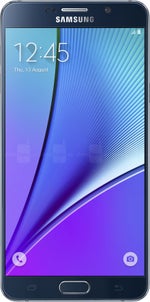
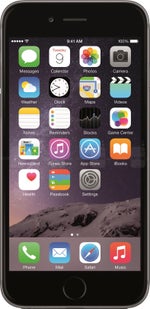









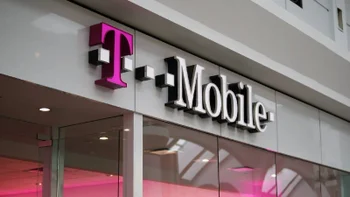
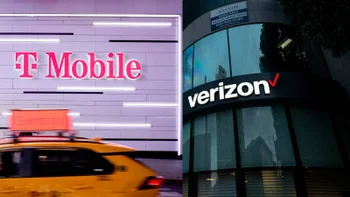


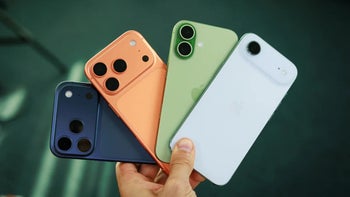



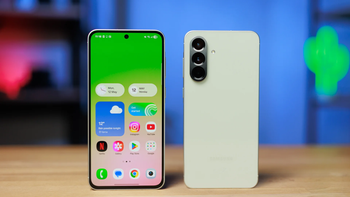
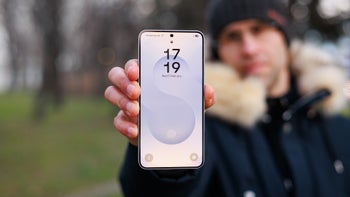

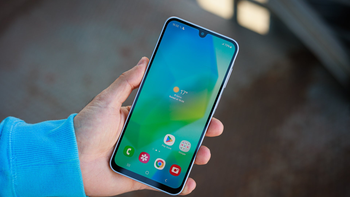
Things that are NOT allowed:
To help keep our community safe and free from spam, we apply temporary limits to newly created accounts: